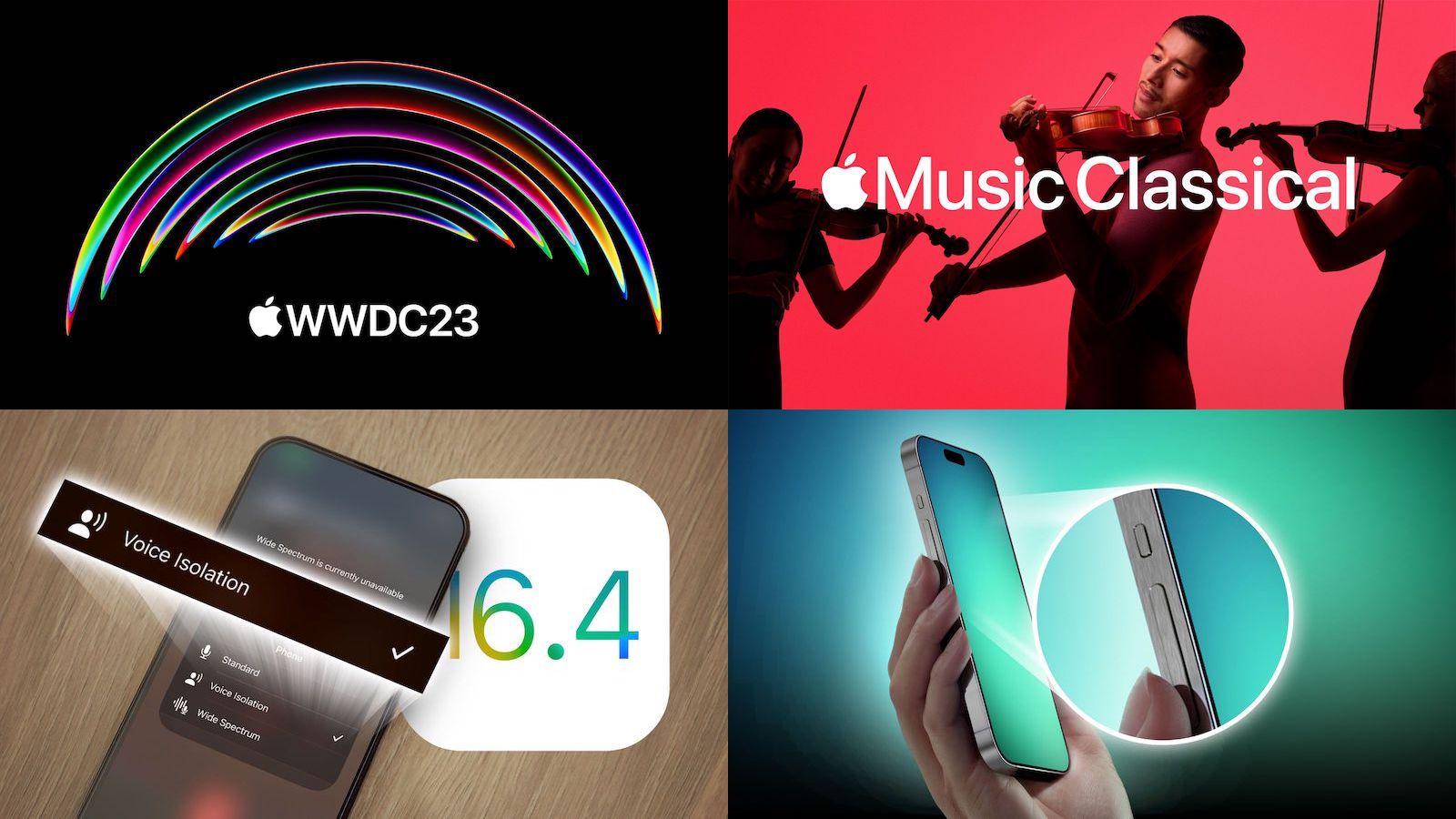The growth and success of computing has been a story about creating ways to make cross-platform connections.
The rise of hypertext markup language, or HTML, as a common language for web page creation in the 1990s allowed a broad audience to fuel internet growth. Bluetooth emerged in the early 2000s as a short-range wireless standard that enabled cross-device communication.
This same story is now being written in the cloud world, specifically the supercloud, a hybrid and multicloud abstraction layer that sits above and across hyperscale infrastructure. As theCUBE, SiliconANGLE Media’s livestreaming studio, prepares to hold its Supercloud 3 event on July 18, the landscape is continuing to evolve as a growing number of major companies are taking steps to build cross-cloud services. This is being driven by customers who prefer having multiple clouds yet are frustrated by the challenge of having to manage them.
“It’s too complicated to really take advantage of multicloud to the degree they’d like without engaging outside talent,” said Dave Vellante, industry analyst for theCUBE, SilconANGLE Media’s livestreaming studio, in a recent “Breaking Analysis” post. “That’s an opportunity, that’s supercloud – a mesh of multiple clouds that are interconnected and managed as a single entity. Cross-cloud simplification is needed and will deliver business benefits in terms of getting more done with less, faster and more securely.”
Connecting multiple clouds
The technology driving supercloud has advanced since theCUBE held its inaugural Supercloud event last August. Soon after the event, VMware Inc. unveiled new solutions for its Cross-Cloud Services portfolio, including Cloud Foundation+ for managing and operating full stack hyperconverged infrastructure in data centers and two projects designed to provide multicloud networking and advanced cross-platform security controls.
Cloudflare Inc. has built the equivalent of a distributed supercomputer that connects multiple clouds and can allocate resources at a large scale. In June, the company announced an agreement with Databricks Inc. to more simply share and collaborate on live data across clouds.
“The technology that will make up a supercloud is getting better constantly: AIOps, cross-cloud security, cross-cloud data management, etc.,” said David Linthicum, chief cloud strategy officer of Deloitte Consulting, in an interview for this story. “Suitable investments have been made in that tech over the past year.”
Where does this leave the major cloud providers such as Amazon Web Services Inc., Microsoft Corp. and Google LLC? The hyperscalers have provided the foundation on which superclouds were built, such as in the case of AWS serving as the host platform for Snowflake Inc.
There have been signs of interest among hyperscalers in providing cross-cloud services, such as Microsoft’s continued partnership with Oracle Corp. to deliver streamlined access to Oracle databases for Azure customers via Oracle Cloud Infrastructure. In late May, Google LLC. announced Cross-Cloud Interconnect services through Google Cloud.
Yet there is a growing belief among some analysts that the hyperscalers will ultimately have to do more.
“The hyperscalers should be more focused on this space, in my opinion,” Linthicum said. “I think it is an opportunity for them, as well as a moment to invest in existing supercloud players, which are smaller companies.”
Growth opportunity at the edge
Some of those smaller companies are working on solutions for architecting at the edge. This emerging field of edge architecture for supercloud represents a growth opportunity for dealing with the volume and scale of connected devices and decisions around where data will be processed.
“It’s no longer a uniform set of compute and storage resources that are available at your disposal,” said Priya Rajagopal, director of product management at the database company Couchbase Inc., in an interview with theCUBE “You’ve got a variety of IoT devices. You’ve got mobile devices, different processing capabilities, different storage capabilities. When it comes to edge data centers, it’s not uniform in terms of what services are available.”
Couchbase’s NoSQL database technology powers complex business applications and its Capella offering provides a cloud-hosted “database as a service” that is available on AWS, Microsoft Azure and Google Cloud. Couchbase’s technology offers an intriguing view of how supercloud can help solve connectivity issues at the edge. Data sync at the edge is a challenge when low network connectivity can be common in remote locations.
Couchbase solves this problem through the use of global load balancers that can redirect traffic in a connectivity failure. Applications continue to run and then are automatically synced to backend servers when connectivity resumes.
“I think once you start going from the public cloud, the clouds there scale,” said Muddu Sudhakar, co-founder and CEO of Aisera Inc., in an interview on theCUBE. “The lack of computer function will kick in. I think everything should become asynchronous. I think as long as algorithms can take that into the edge, I think that superclouds can really bridge between the public cloud to the edge.”
AI-powered cloud platforms
While supercloud offers promise for solving the nettlesome problem of processing data at the edge, its potential for the delivery of key cross-cloud services, such as AI and security, remains a central focus for the enterprise.
Vellante has termed the evolving enterprise model as an “AI-powered hybrid-multi-supercloud,” and the role of artificial intelligence cannot be underestimated. The rise of ChatGPT, an OpenAI LP tool for generating articulate, human-like responses to a wide range of queries, has opened the gates for AI adoption on a massive scale.
Where the supercloud converges with ChatGPT and other AI tools will be in the delivery of services in an abstraction layer that deconstructs complexity, according to Howie Xu, former vice president of machine learning and artificial intelligence at Zscaler Inc. and now with Palo Alto Networks Inc. “In order for me as a developer to create applications, I have so many things to worry about, and that’s complexity,” said Xu, in an interview on theCUBE. “But with ChatGPT, with the AI, I don’t have to worry about it. Those kinds of details will be taken care of by the underlying layer.”
As businesses increasingly put data foundations in place to take full advantage of hybrid multicloud environments, management of this infrastructure and the massive amount of information required by AI tools will create further demand for cross-cloud connectivity.
“The growth of AI will drive more use cases that span clouds,” Linthicum said. “These AI systems need vast amounts of data to work well, and that data will be in any number of cloud platforms and needs to be accessed. Since the relocation of data is typically not cost viable, the data will be leveraged where it exists and thus the need to manage data integration at the supercloud level. This will drive tremendous growth.”
Call for security standards
Perhaps one of the most difficult services to deliver in a supercloud model is security. This is because the cloud is complex and there is a lack of visibility for workloads operating in software containers that drive modern applications.
In theCUBE’s Supercloud 2 event in January, Piyush Sharma, founder of Accurics (acquired by Tenable Inc.), called for common standards that would help implement consistent security practices across cloud models.
“I think we need a consortium, we need a framework that defines that if you really want to operate in supercloud,” Sharma said. “Otherwise, security is going everywhere. [SecOps] will have to fix everything, find everything … it’s not going to be possible.”
Not long after Sharma appeared on theCUBE, there was movement toward implementing the common framework he described. AWS, Splunk Inc. and over a dozen other firms announced the launch of the Open Cybersecurity Schema Framework.
The goal of OCSF is to streamline the processing of data after cyberattacks and reduce the amount of manual work required to share information between security tools. In November, Cribl Inc. announced its support for OCSF and the use of Cribl Stream by AWS customers for converting data from any source into the OCSF format.
“Security is challenging because of the complexity of the security models that run within each native cloud provider,” Linthicum said. “You somehow need to figure out how to abstract and automate those services so they can function with some cross-cloud commonality. This needs to be a focus for the supercloud tech providers, even the hyperscalers.”
Over the past year, supercloud has moved beyond being merely a platform built by others successfully on the hyperscalers into a new phase where enterprises are clamoring for unified cross-cloud services and companies are lining up to provide them. With a nod to the author Norman Mailer, supercloud has come to the supermarket.
Image by: Bing AI Image Creator
Your vote of support is important to us and it helps us keep the content FREE.
One-click below supports our mission to provide free, deep and relevant content.
Join our community on YouTube
Join the community that includes more than 15,000 #CubeAlumni experts, including Amazon.com CEO Andy Jassy, Dell Technologies founder and CEO Michael Dell, Intel CEO Pat Gelsinger and many more luminaries and experts.
THANK YOU
Source link










Leave a Reply